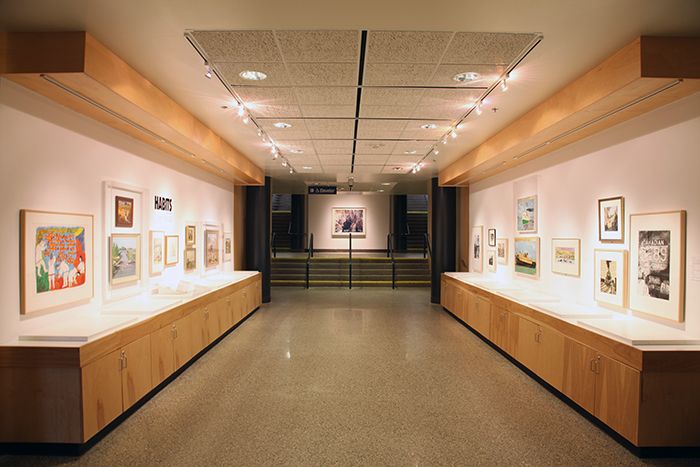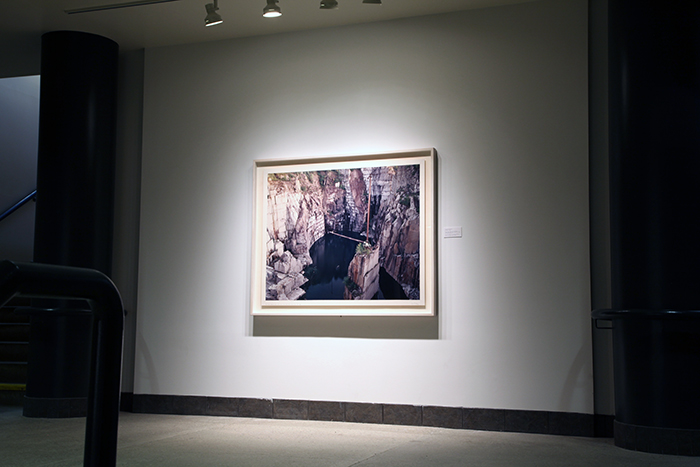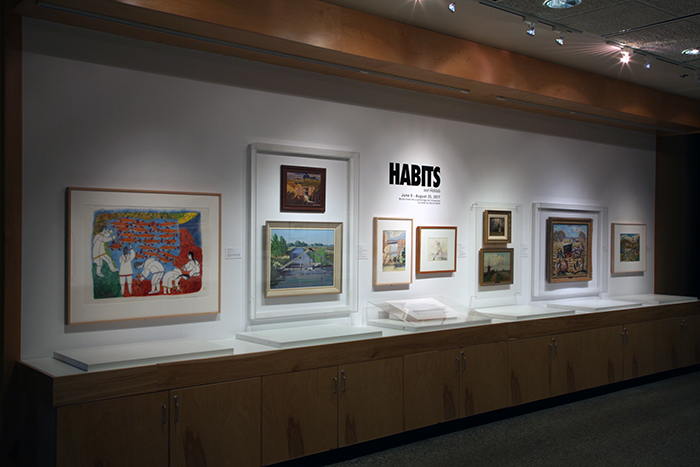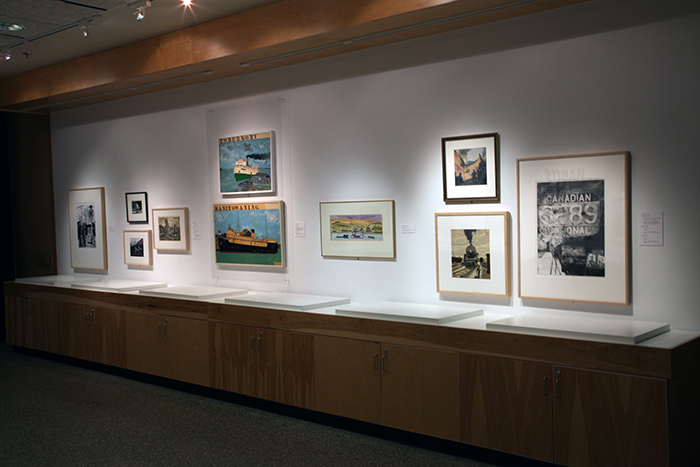Works from the uLethbridge Art Collection
Curated by David Smith
David Smith curates a selection from the uLethbridge Art Collection examining human interaction with the environment.
Curatorial Statement:
“Earth’s 2016 surface temperatures were the warmest since modern recordkeeping began in 1880.”
-NASA and the National Oceanic and Atmospheric Administration (NOAA)
On April 22, 2016, the Paris Agreement was signed by 195 countries, including Canada, acknowledging the need to reduce global greenhouse gas emissions and set targets for lowering them. This was an important step in the global fight against climate change. Here in Alberta, this agreement has created an identity crisis for many people. Since crude oil was struck at the Leduc No. 1 well in 1947, a large part of our Albertan identity has come from our reputation as the economic powerhouse for the national economy. This push-pull relationship between global environmental concerns and desires for both regional and national economic prosperity is challenging.
There are reasons to be hopeful; the Government of Alberta has committed to ensuring that 30% of electricity used in the province will come from renewable sources by 2030. This plan includes tripling the capacity for wind generated electricity and the phase out of coal-fired pollution. As we begin to move to renewable energy sources globally, it is worth considering both the sustainable and unsustainable ways that humans have interacted with the environment throughout history.
The photograph on the end wall by Edward Burtynsky titled, Rock of Ages, Abandoned Granite Quarry, Wells-Lamson Quarry, Barre, Vermont, # 22, is an exciting recent addition to the collection and was part of the inspiration for this exhibition. Burtynsky’s artistic practice involves looking at the ways that nature has been transformed by industry.
“These images are meant as metaphors to the dilemma of our modern existence; they search for a dialogue between attraction and repulsion, seduction and fear. We are drawn by desire – a chance at good living, yet we are consciously or unconsciously aware that the world is suffering for our success.”
-Edward Burtynsky
The works chosen for this exhibition reflect upon the tension between humans and the environment. For example, Janet Kigusiuq’s, Fishing in a Rock Dam represent sustainable interactions; others like Berenice Abbott’s, New York III: Gasoline station, we may think of as harmful for the environment. This selection is by no means an exhaustive list, but rather a jumping off point for thinking about what it means to interact with the environment today, how that has happened in the past and what our future may look like.
– David Smith, Preparator/Assistant Curator





